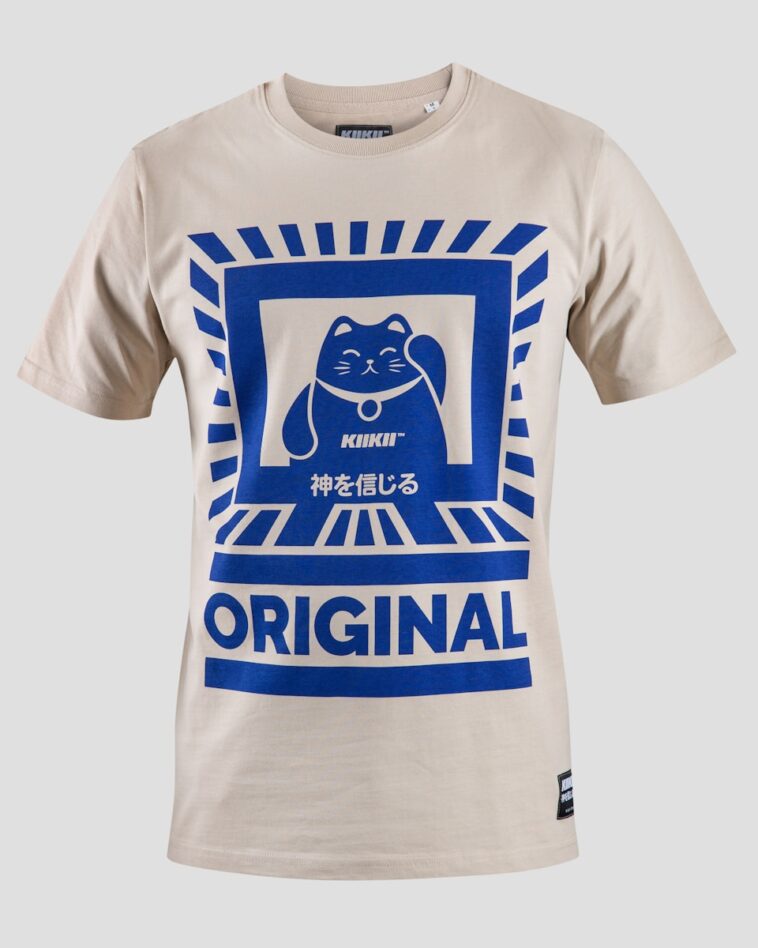Have you ever wanted to print a photo or design on a shirt but didn’t know where to start? You’re not alone.
Custom t-shirts are everywhere—from family reunion shirts and birthday gifts to merch for small businesses.
Putting a picture on a shirt isn’t just something for professional printers anymore. With a few tools or services, you can do it yourself at home or get it done affordably online.
What I’ve found is that many people think they need fancy equipment or design skills to print on a shirt. But that’s not true.
There are several easy ways to get a picture onto fabric, and each one has its pros and cons. Some are great for one-time use. Others are more durable and better for printing in bulk.
In this guide, I’ll walk you through four reliable ways to put a picture on a shirt. I’ll explain how each method works, what you need, and how much it might cost.
1. Iron-On Transfer Paper
This is probably the easiest and cheapest way to print a picture on a shirt at home.
What You Need:
Inkjet printer
Iron-on transfer paper (buy for light or dark fabric depending on your shirt)
A regular iron or heat press
A plain cotton shirt
How It Works:
You print your image onto special transfer paper using your inkjet printer. Then you place the transfer onto your shirt and press it with a hot iron. That’s it. The heat makes the ink stick to the fabric.
Pros:
Easy to do at home
Low cost
Good for small quantities
Cons:
Not very durable after many washes
Can peel or crack over time
Pro tip: Make sure to flip your image before printing, especially if it has text. Transfer paper usually mirrors the image during pressing.
2. Sublimation Printing
Sublimation is a method where heat turns ink into gas, which then bonds with the fabric. It only works on polyester shirts or shirts with a polyester coating.
What You Need:
A sublimation printer or a converted inkjet printer
Sublimation ink and paper
Heat press
Polyester or poly-coated shirt
How It Works:
You print your image with sublimation ink onto special paper. Then, with a heat press, you transfer the image onto the shirt. The ink becomes part of the fabric itself, which means the design won’t fade or crack.
Pros:
Long-lasting print
Vibrant colors
Soft feel—no rubbery layer on top
Cons:
Doesn’t work on cotton
Needs specific equipment
Higher upfront cost
Good to know: You can get a basic sublimation printer setup for under $300, but if you’re not printing often, it might be better to order sublimation prints online.
3. Direct-to-Garment (DTG) Printing
DTG is kind of like using a printer—but instead of paper, it prints directly onto the fabric.
What You Need:
DTG printer (or use an online service)
Pre-treated cotton shirts
Digital artwork file (PNG works best)
How It Works:
DTG printers spray the ink directly onto the shirt, and then the shirt is heat-cured. This method works best for complex images or photos with lots of color and detail.
Pros:
Great for full-color designs and photos
Soft print feel
No setup fees for small runs
Cons:
DTG printers are expensive (up to $20K)
Not cost-effective for large batches
Ink can fade faster on dark fabric
Real talk: Most people don’t buy a DTG printer for home use. If you’re starting a small t-shirt business, you can use platforms like Printful or Printify which handle DTG printing and shipping for you.
4. Screen Printing
This is one of the oldest and most popular methods for bulk t-shirt printing.
What You Need:
Screens for each color in your design
Ink
A squeegee
Plain shirts
Screen printing press (optional but helpful)
How It Works:
Each color in your design is pressed through a mesh screen onto the shirt. It’s more work to set up, but once it’s ready, it’s fast and cheap to produce a lot of shirts.
Pros:
Great for bulk printing
Very durable prints
Lower cost per shirt in large batches
Cons:
Not ideal for one-off prints
Can get messy
Not great for photo-realistic images
Quick tip: If you want to try screen printing without buying gear, you can use a local print shop or order online. Just upload your design, choose your shirt color, and they’ll take care of the rest.
Cost Comparison
| Method | Best For | Startup Cost | Shirt Type | Durability |
|---|---|---|---|---|
| Iron-On Transfer | Home use, DIY gifts | Low ($20–$40) | Cotton | Medium |
| Sublimation | Polyester shirts | Medium ($200+) | Polyester | Very High |
| DTG | Full-color designs | High ($15K+) | Cotton/poly blends | Medium–High |
| Screen Printing | Bulk orders | Varies | Cotton/poly | Very High |
FAQ
Can I use a laser printer for transfer paper?
Most iron-on transfer papers are made for inkjet printers. If you have a laser printer, make sure you get transfer paper labeled for laser use.
What’s the most durable shirt printing method?
Sublimation and screen printing tend to last the longest. Sublimation becomes part of the fabric, while screen printing uses thick ink that sits on top.
Do I need a heat press?
For iron-on transfers, a regular household iron works fine. But for sublimation or DTG, a heat press gives better, more even results.
Can I print on black shirts?
Yes, but not all methods work well on dark colors. For dark shirts, use transfer paper made for dark fabric, or go with DTG or screen printing.
Final Thoughts
There are plenty of ways to put a picture on a shirt, and you don’t have to be a professional to get great results.
From a simple iron-on design you make at home to durable prints you order online, you’ve got options.
The best method depends on what you’re printing, how many shirts you need, your budget, and how long you want the design to last.
I’ve used most of these methods myself over the years—sometimes for gifts, sometimes for side projects. If you’re just starting, don’t overthink it. Try one method and see how it goes.
So now that you know your options, which method will you try first to put a picture on a shirt?





GIPHY App Key not set. Please check settings